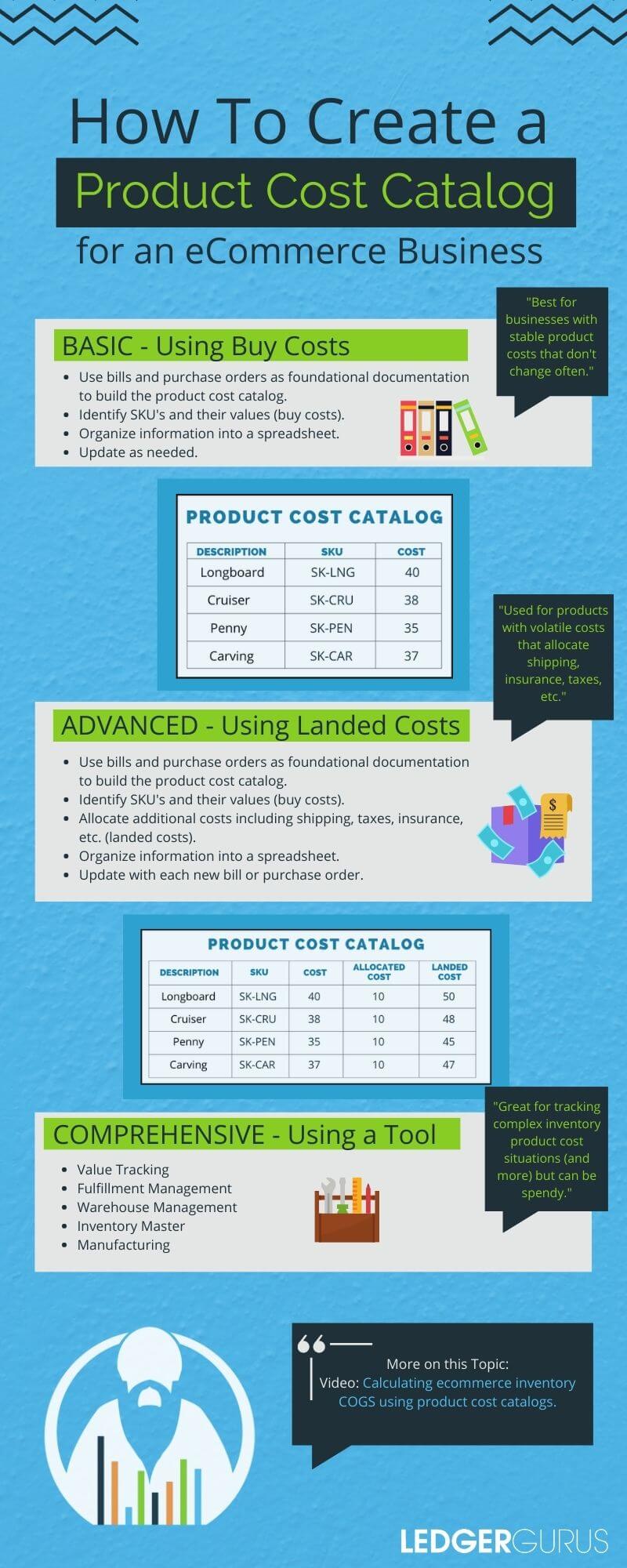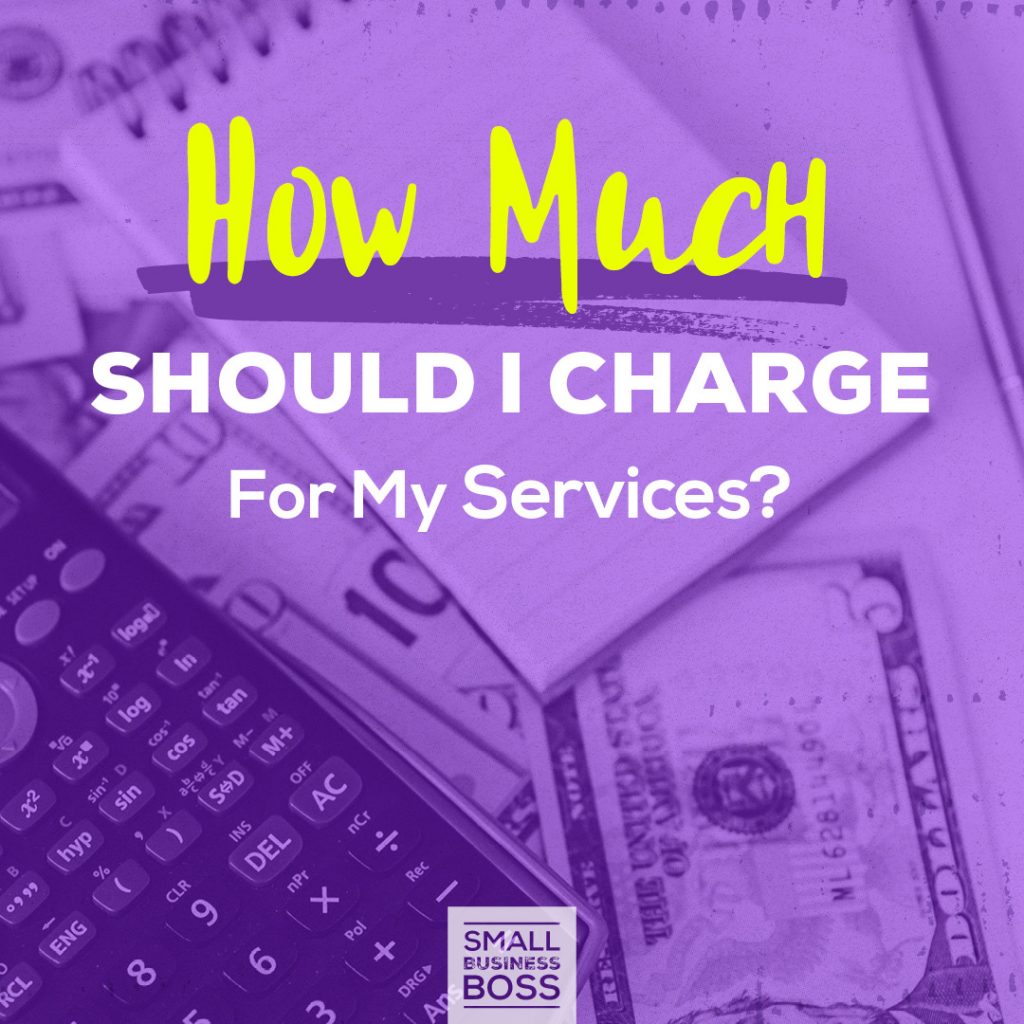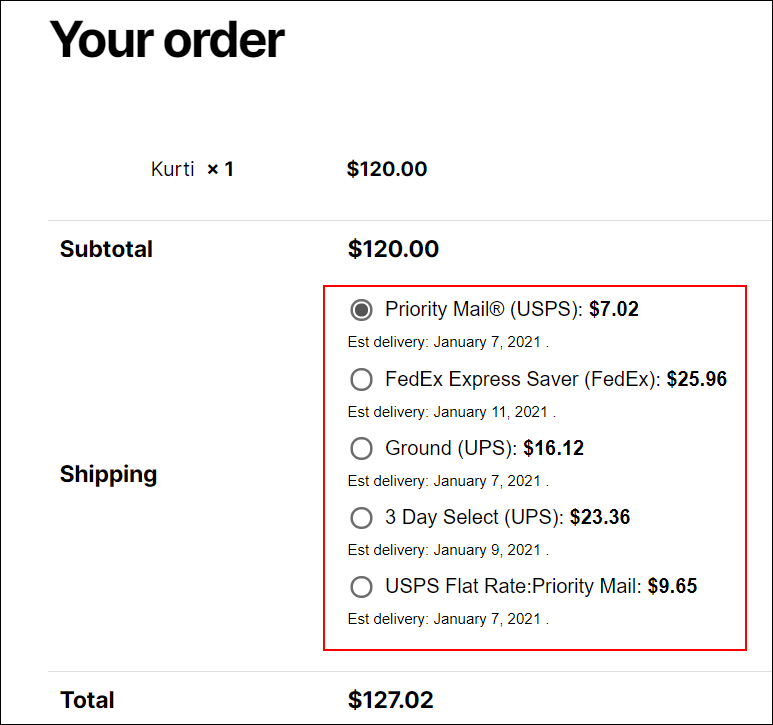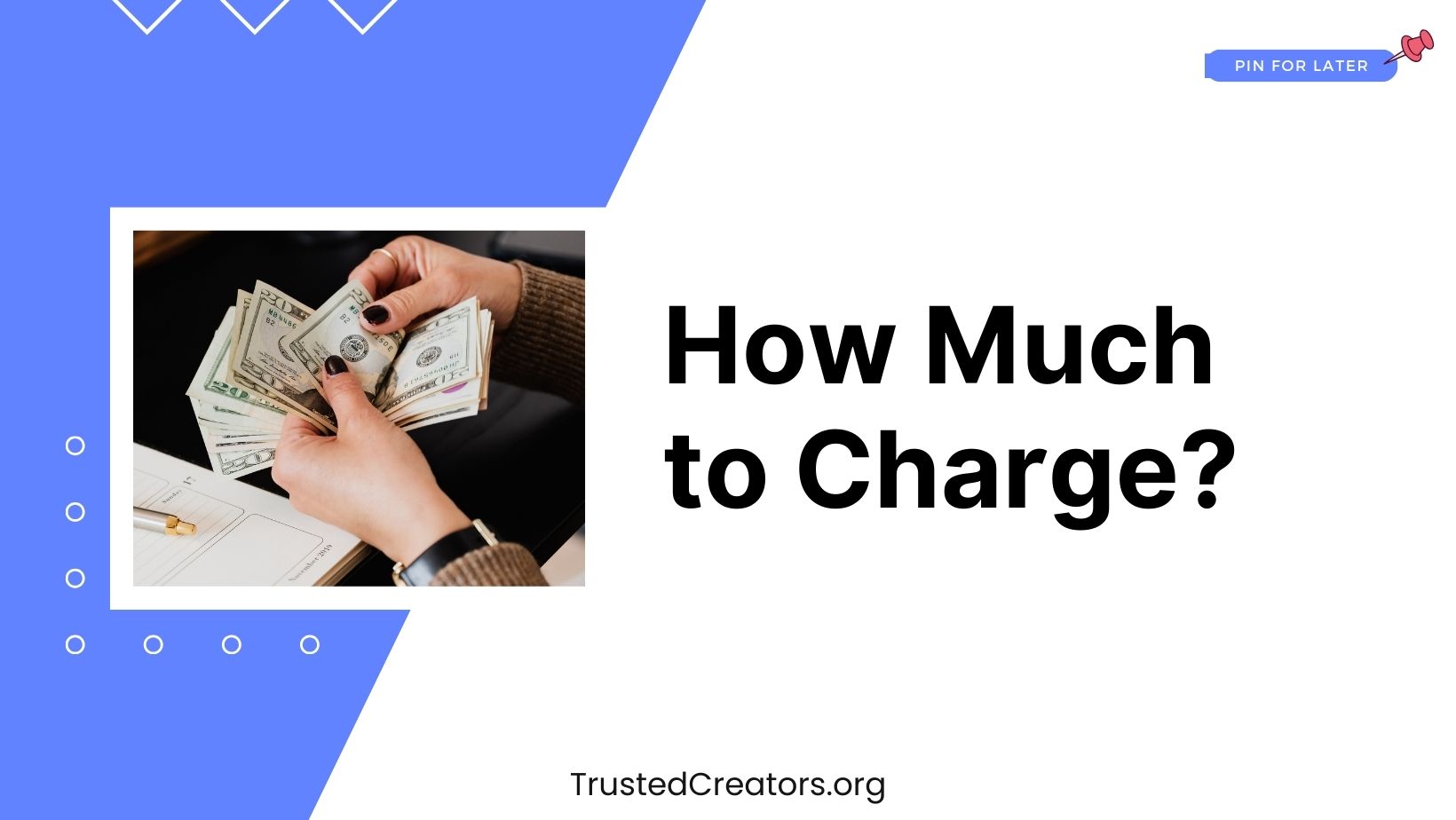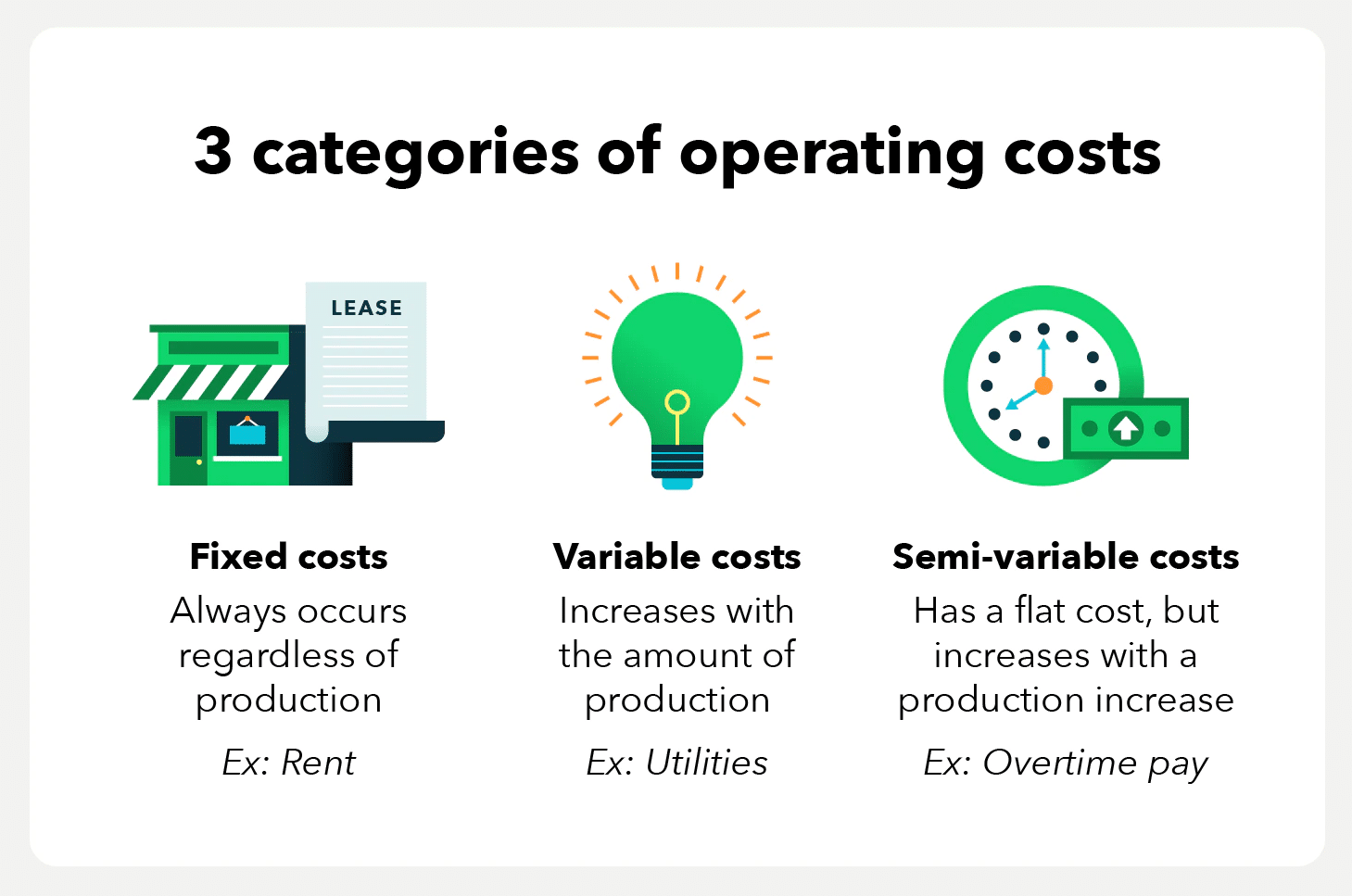How Much Should I Charge For My Product

For entrepreneurs and small business owners, determining the right price for a product can feel like walking a tightrope. Too high, and you risk alienating potential customers; too low, and you undermine profitability and perceived value. Figuring out that sweet spot requires careful consideration of costs, market conditions, and competitive landscape.
The ideal price should not only cover production expenses and overhead but also ensure a healthy profit margin. This complex equation often leaves many wondering: How much should I charge for my product?
Understanding Your Costs: The Foundation of Pricing
At the heart of any pricing strategy lies a thorough understanding of your costs. This isn't just about the obvious expenses like raw materials. It also includes labor, packaging, shipping, marketing, and even indirect overhead costs such as rent and utilities.
Breaking down these costs into a per-unit basis is crucial. This allows you to determine your break-even point – the number of units you need to sell to cover all your expenses.
Direct costs are materials and labor used directly to produce your goods. These must be part of your calculations.
Indirect costs or overhead can be more difficult to assign to a specific product. Accounting for both is important to ensure you are not underpricing your product.
Analyzing the Market and Competition: External Factors
While internal costs provide a baseline, external factors significantly influence pricing decisions. Understanding the market demand for your product is paramount.
Is there a large, readily available customer base willing to pay a premium? Or are you entering a saturated market where price sensitivity is high?
Competitor analysis is equally critical. Researching what similar products are selling for provides valuable context. It doesn't necessarily mean undercutting competitors; however, it does involve understanding their pricing strategies and value propositions.
Pricing Strategies: Finding the Right Approach
Several pricing strategies can be employed, each with its advantages and disadvantages. These include cost-plus pricing, value-based pricing, competitive pricing, and penetration pricing.
Cost-plus pricing is perhaps the simplest method. You calculate your total costs per unit and add a fixed percentage markup to determine the selling price. While straightforward, this approach doesn't account for market demand or competitor pricing.
Value-based pricing focuses on the perceived value your product offers to customers. If your product provides a unique solution or superior quality, you can justify a higher price. This method demands a deep understanding of your target audience and their willingness to pay.
Competitive pricing involves setting prices based on what your competitors are charging. This can be effective in competitive markets, but it's important to differentiate your product in some way, either through features, quality, or service.
Penetration pricing involves setting a low initial price to gain market share quickly. This strategy can be effective for new products entering established markets but requires careful consideration of profitability in the long run.
The Psychological Aspect: Perception and Price
Pricing isn't just about numbers; it's also about psychology. Customers often associate price with quality, assuming that higher-priced products are superior. However, excessively high prices can also deter potential buyers.
Strategic pricing techniques, such as charm pricing (ending prices in .99), can create the illusion of a lower price. Understanding consumer psychology can help you optimize your pricing strategy.
Always keep in mind how your product is perceived.
Testing and Iteration: The Ongoing Process
Pricing isn't a one-time decision; it's an ongoing process that requires testing and iteration. Monitor your sales, track customer feedback, and be prepared to adjust your prices based on market dynamics and customer response.
A/B testing, where you offer the same product at different prices to different groups of customers, can provide valuable insights into price sensitivity.
Continual monitoring and adjustment will help you make pricing decisions. This will help you achieve sales and profit objectives.
Seeking Professional Advice
For complex pricing decisions, consider consulting with a business advisor or pricing expert. They can provide valuable insights and guidance based on their experience and expertise.
Resources are also available through organizations like the Small Business Administration (SBA), which offers counseling and training to help entrepreneurs succeed.
Don't hesitate to ask for help with your business.
Finding the Sweet Spot: A Balancing Act
Ultimately, finding the right price for your product involves a careful balancing act between covering your costs, understanding your market, and appealing to your target audience. There's no one-size-fits-all answer, but by thoroughly researching your costs, analyzing your competition, and experimenting with different pricing strategies, you can increase your chances of success. The goal is to find a price that maximizes profitability while delivering value to your customers.








![How Much Should I Charge For My Product How Much Should You Charge? [Avoid These Pricing Mistakes!]](https://freelancemile.com/wp-content/uploads/2024/07/how-much-should-i-charge-1024x576.jpg)
